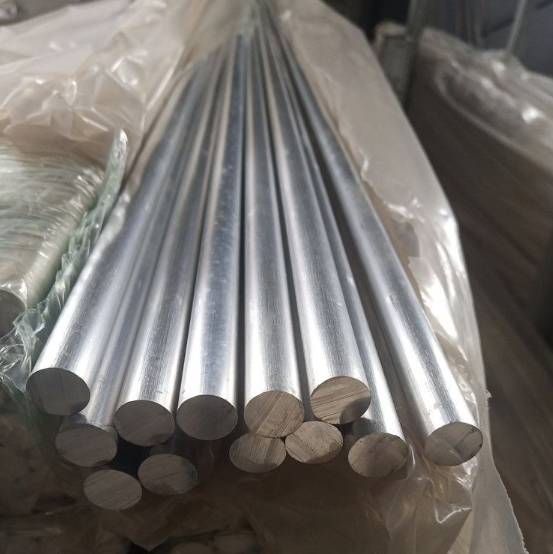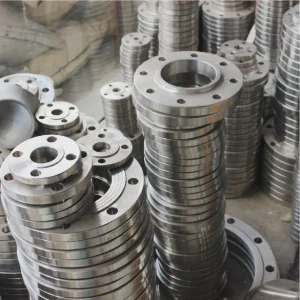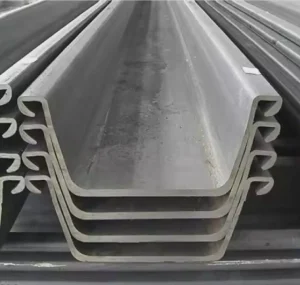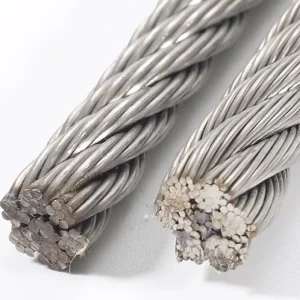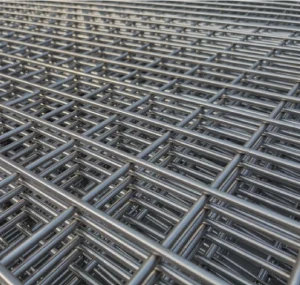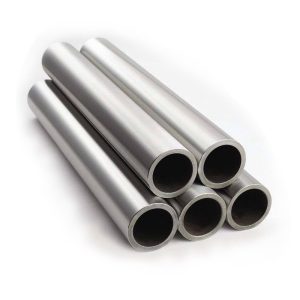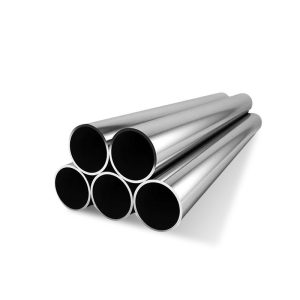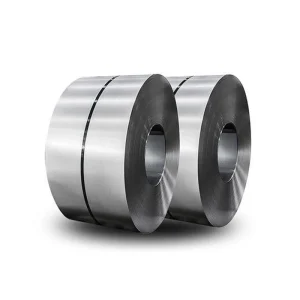When selecting aluminum alloys for various applications, understanding their properties is essential. Among popular choices are 3003 and 6061 aluminum alloys. This guide provides an in-depth comparison, detailed processing steps, common pitfalls, and a practical checklist to ensure optimal results.
Product Overview: 3003 Aluminum Alloy vs. 6061 Aluminum Alloy
| Feature | 3003 Aluminum Alloy | 6061 Aluminum Alloy |
|---|---|---|
| Primary Alloying Element | Manganese | Magnesium and Silicon |
| Typical Strength | Medium | High |
| Formability | Excellent | Good |
| Corrosion Resistance | Good | Very Good |
| Welding Compatibility | Excellent | Good |
| Typical Applications | Roofing, siding, cooking utensils, tanks | Structural components, aerospace, automotive parts |
Technical Data Comparison Table
| Property | 3003 Aluminum Alloy (O, H14, H18) | 6061 Aluminum Alloy (T6) |
|---|---|---|
| Chemical Composition (%) | ||
| - Silicon | Max 0.6 | 0.4 - 0.8 |
| - Iron | Max 0.7 | Max 0.7 |
| - Copper | Max 0.05-0.2 | Max 0.15 |
| - Manganese | 1.0 - 1.5 | Max 0.15 |
| - Magnesium | None | 0.8 - 1.2 |
| Mechanical Properties | ||
| - Tensile Strength (ksi) | 16 (O), 22 (H14), 29 (H18) | 35 - 45 (T6) |
| - Yield Strength (ksi) | 6 (O), 21 (H14), 27 (H18) | 30 - 40 (T6) |
| - Elongation (%) | 30 (O), 3 (H14, H18) | 12 - 20 |
Comparison Analysis: Key Differences
- Strength: 6061 offers higher tensile and yield strength, suitable for load-bearing applications.
- Formability: 3003 excels in bending and shaping, making it ideal for decorative and container use.
- Corrosion Resistance: 6061 surpasses 3003, especially after anodizing.
- Weldability: Both alloys weld well, but 3003 is more forgiving for simple welding tasks.
- Cost: 3003 is generally more affordable, suitable for less demanding applications.
Step-by-Step Manufacturing and Processing Guide
Step 1: Material Selection
Identify your application needs—choose 3003 for excellent formability and corrosion resistance or 6061 for high strength and structural integrity.
Step 2: Cutting and Shaping
Use appropriate tools—shears for thin sheets, CNC machines for precision cuts. Ensure the material is at room temperature to avoid deformation.
Step 3: Forming and Bending
For 3003, employ bending techniques with minimal force. For 6061, use proper dies to prevent cracking due to higher strength.
Step 4: Welding
Use compatible welding methods—TIG or MIG. Preheat if necessary, especially for 6061, to prevent cracking.
Step 5: Finishing and Surface Treatment
Apply polishing, anodizing, or painting. 6061 responds well to anodizing, enhancing corrosion resistance.
⚠️ Common Pitfalls and Warnings
- ⚠️ Over-bending: Excessive bending of 6061 can cause cracking. Always follow manufacturer guidelines.
- ⚠️ Improper welding: Using incompatible welding techniques may weaken the joint, especially with 6061.
- ⚠️ Surface damage: Avoid scratching or rough handling during processing to prevent corrosion.
- ⚠️ Misapplication: Do not use 3003 in high-stress environments; it is not designed for structural load-bearing.
Practical Checklist for Aluminum Alloy Projects
- Confirm application requirements: strength, formability, corrosion resistance.
- Select appropriate alloy: 3003 for formability, 6061 for strength.
- Prepare tools and equipment suitable for alloy type.
- Follow correct cutting, bending, and welding procedures.
- Perform surface treatments as needed.
- Inspect all joints and surfaces for damage or defects.
- Test final product for compliance with specifications.
Conclusion
Choosing between 3003 and 6061 aluminum alloys depends on your specific project needs. 3003 offers superior formability and cost-effectiveness, while 6061 provides higher strength and durability. Proper understanding of their properties, careful processing, and adherence to best practices will ensure the success of your aluminum applications.


